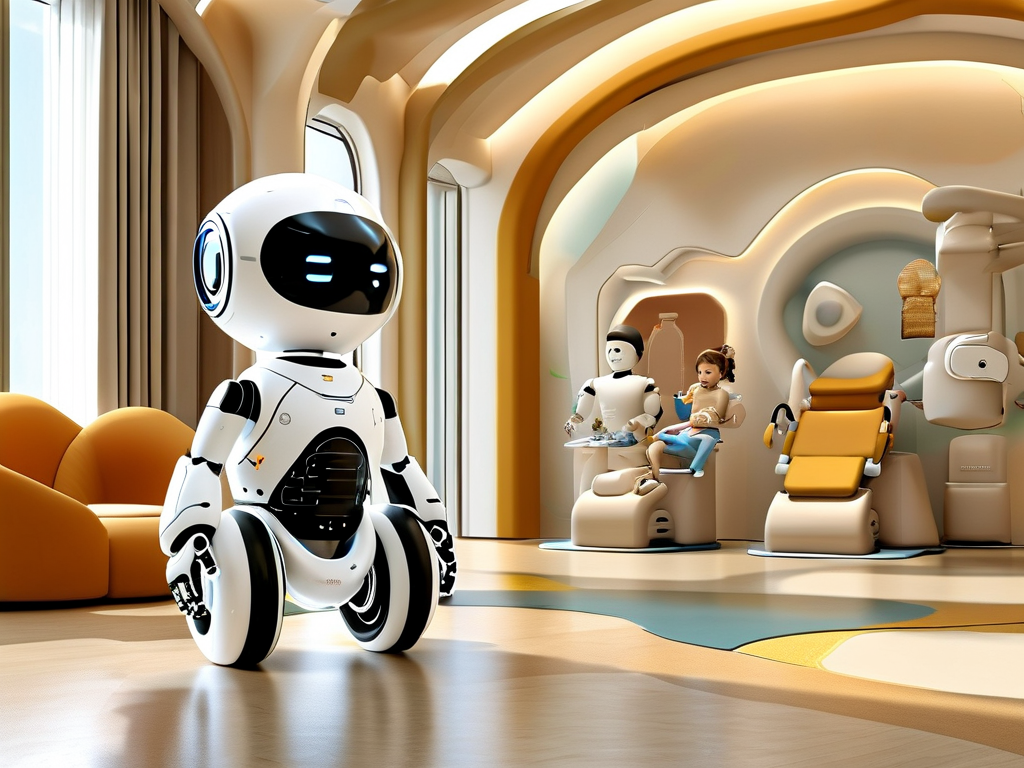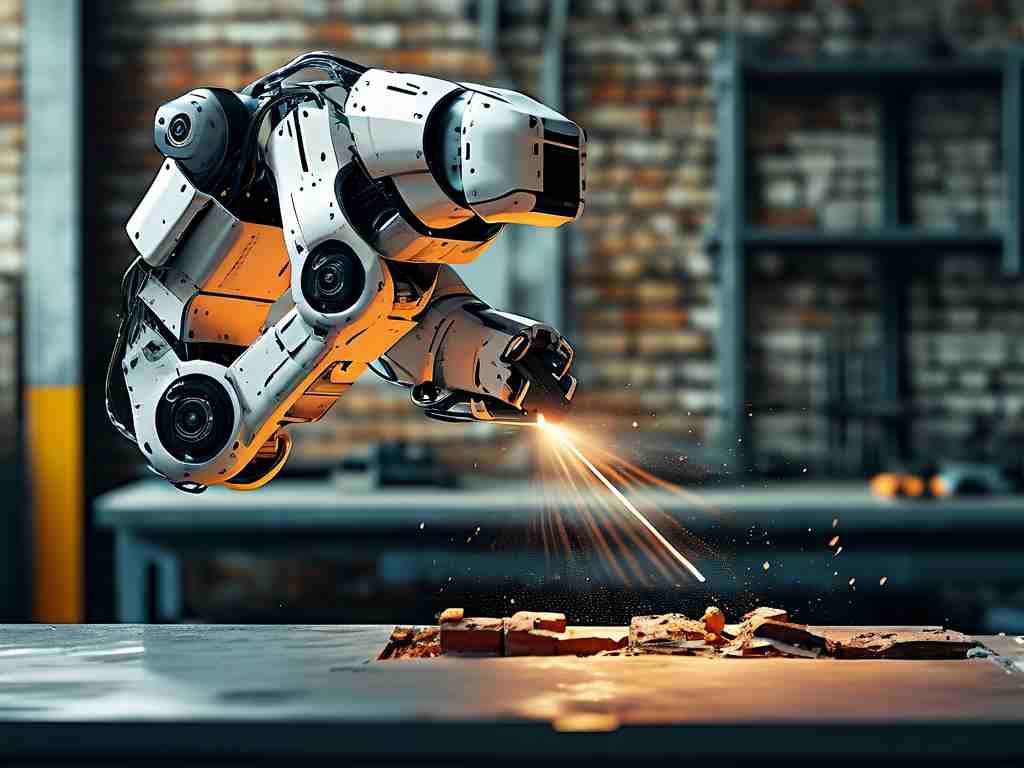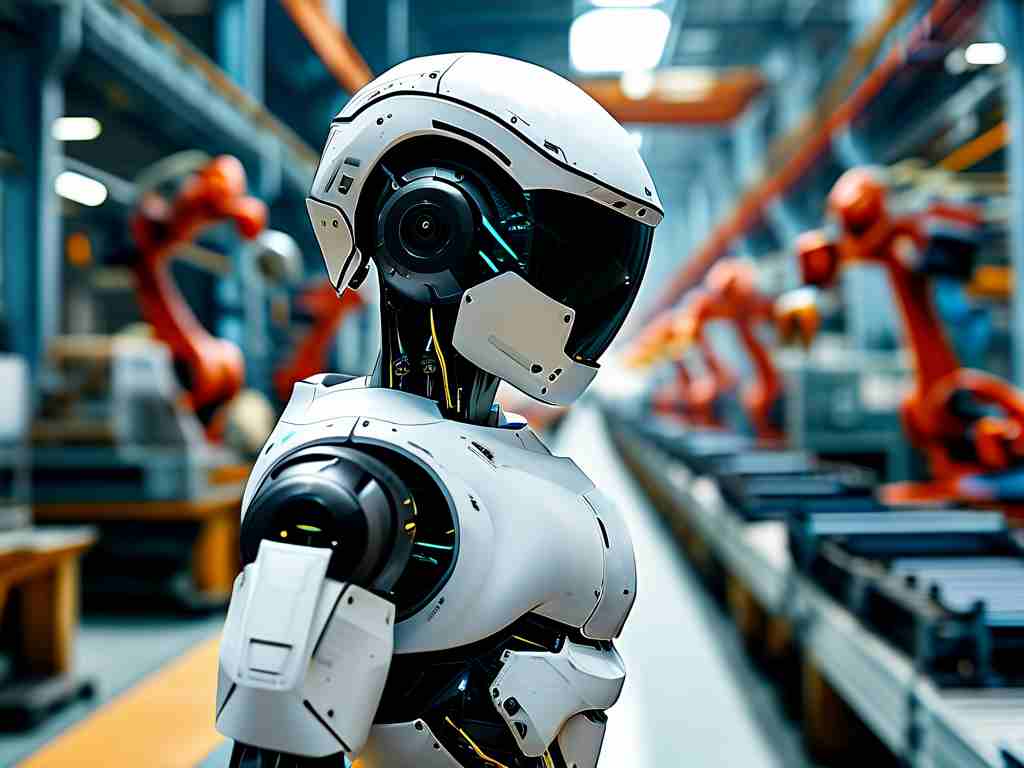The intersection of robotics and pediatric rehabilitation is revolutionizing how children with physical or cognitive challenges regain independence. By merging cutting-edge technology with therapeutic principles, robotic systems are offering personalized, engaging, and data-driven solutions that address the unique needs of young patients. This article explores the transformative role of robotics in children’s rehabilitation, highlighting its applications, benefits, and future potential.
The Rise of Robotic-Assisted Therapy
Traditional rehabilitation methods for children often involve repetitive exercises supervised by therapists. While effective, these approaches can become monotonous, reducing a child’s motivation over time. Robotic technology introduces an element of interactivity and play, transforming therapy sessions into dynamic experiences. Devices like exoskeletons, interactive robotic toys, and motion-tracking systems are designed to mimic human-guided movements while collecting precise data on progress. For example, wearable exoskeletons support limb movement in children with cerebral palsy, enabling them to practice walking with reduced physical strain. Similarly, gamified robotic platforms encourage children with autism spectrum disorder (ASD) to improve social skills through guided interactions.
Key Applications in Pediatric Care
One groundbreaking application is the use of socially assistive robots (SARs) in cognitive and emotional development. These robots, programmed to recognize facial expressions and vocal tones, engage children in conversations or collaborative tasks. Studies show that children with ASD respond positively to SARs, as the predictable behavior of robots reduces anxiety compared to human interactions. Another innovation is robotic prosthetics tailored for pediatric users. Unlike adult prosthetics, these devices adapt to growth spurts and evolving motor skills, ensuring long-term usability.
In physical rehabilitation, robotic gait trainers have become indispensable. These systems adjust resistance and support levels in real time, allowing therapists to fine-tune challenges based on a child’s capabilities. For instance, a child recovering from a spinal injury might use a robotic treadmill that provides partial weight support, gradually increasing independence as strength improves. Meanwhile, robotic gloves with sensors assist in hand-eye coordination exercises for children with fine motor delays, turning tedious drills into interactive games.
Advantages Over Conventional Methods
The precision of robotic systems addresses a critical gap in traditional therapy: the inability to quantify progress objectively. Sensors embedded in robots track metrics like range of motion, force exertion, and response times, generating reports that help therapists refine treatment plans. Additionally, robotics enables remote therapy options. Tele-rehabilitation platforms equipped with cameras and AI algorithms allow children to participate in guided sessions from home, reducing barriers like travel time or geographic limitations.
Another advantage is scalability. As robotic hardware becomes more affordable, clinics worldwide can adopt these tools. For example, low-cost robotic arms programmed for repetitive tasks are being used in rural areas to support children with developmental delays, democratizing access to advanced care.
Challenges and Ethical Considerations
Despite its promise, integrating robotics into pediatric rehabilitation faces hurdles. Cost remains a barrier for many families and institutions, though prices are steadily declining. Technical limitations, such as the inability of robots to fully replicate the nuanced touch of a human therapist, also persist. Moreover, ethical questions arise regarding data privacy, as sensitive health information collected by robots must be securely stored and managed.

There’s also a need for interdisciplinary collaboration. Engineers, therapists, and pediatricians must work together to ensure devices are medically safe, age-appropriate, and aligned with therapeutic goals. Parental involvement is equally critical, as caregivers play a central role in reinforcing skills learned during robotic sessions.
The Future of Robotic Rehabilitation
Emerging trends suggest a shift toward hybrid models combining robotics with artificial intelligence (AI) and virtual reality (VR). Imagine a child wearing a VR headset while a robot guides their movements through a virtual obstacle course—a scenario that blends physical exercise with cognitive stimulation. AI-powered algorithms could further personalize therapy by analyzing historical data to predict optimal exercise regimens.
Researchers are also exploring soft robotics, which uses flexible materials to create safer, more adaptable devices for younger children. These innovations aim to minimize injury risks while maximizing comfort during extended use.
Robotic technology is not replacing human therapists but augmenting their expertise. By handling repetitive tasks and providing actionable insights, robots free up clinicians to focus on strategic care and emotional support. For children, these advancements mean faster recovery times, greater engagement, and a brighter path toward independence. As the field evolves, ongoing research and ethical stewardship will ensure robotics remains a force for good in pediatric rehabilitation.










